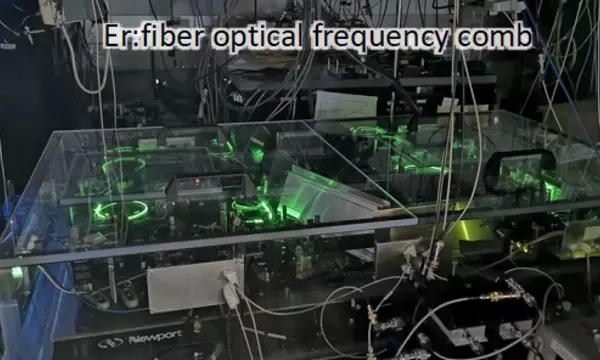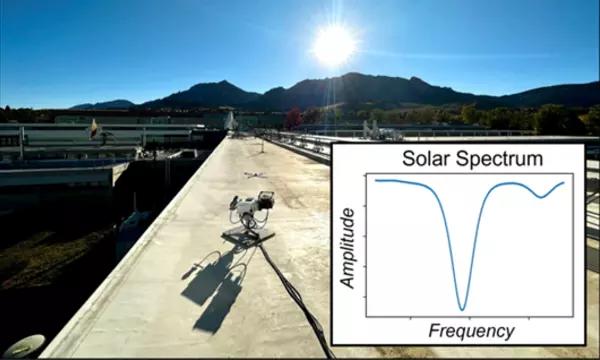We develop laser frequency combs to connect stable optical frequencies to each other and to microwave sources with an imprecision below 1 part in 1019. These state-of-the-art frequency combs are also developed for other important applications, including ultra-low noise microwave generation, chip-scale sensors, mid-IR molecular spectroscopy, user-defined optical waveform generation, and calibration of astronomical spectrographs for searches for exo-planets. We also develop photonic links to superconducting circuit platforms, bringing the bandwidth and exquisite timing of optical systems to quantum information systems and quantum-based voltage standards.
Projects and Programs
Major Accomplishments
- Developed stable optical reference cavities with volume < 10 mL for mobile optical clocks
- Used one of our compact cavity systems for submarine cable monitoring, demonstrating improved sensitivity
Contacts
Group Leader
-
(303) 497-4580
Project Leader
-
(303) 497-4686








